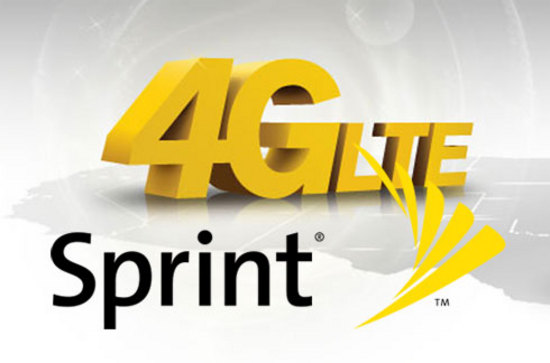
“As consumers all over the country are becoming more dependent on their smartphones, network quality is becoming more important,” according to a statement. Sprint’s LTE network began by introducing LTE in 15 cities. The carrier hopes to complete its LTE build-out by the end of 2013.
Sprint may need to convince consumers that there’s a dire need for LTE. Although the iPhone 5 is widely-expected to support the 4G technology and the new iPad offers LTE, people using the technology couldn’t care less about the fuss. Nearly half of the nation’s consumers told investor firm Piper Jaffray that they didn’t need LTE. Another 26 percent felt all 4G flavors are the same. Only a slim 19 percent though LTE was the bomb among tech fuels.
In one of those twists on reality, the fact that consumers aren’t so knowledgeable about LTE is actually good for Sprint. How so?
“We think this shows that despite all the 4G advertising, consumers aren’t really focused on it. This is good for Sprint as the LTE coverage laggard of the three national iPhone carriers,” PJ senior analyst Christopher Larsen told investors at the time.
In other words, Sprint could still sell an LTE iPhone 5 since, well, few US consumers really care about LTE. Only in Silicon Valley.
As for AT&T and Verizon? They have not been marketing geniuses, themselves, when it comes to pushing LTE.
Earlier this month, Verizon announced its LTE network now includes 371 markets for 75 percent of the nation. Both AT&T (50 markets and T-Mobile (starts in 2013) are way behind Verizon. This is likely why both carriers refer not to LTE, but “4G.” This is akin to how cable companies would refer to their “digital phone” service instead of “Voice over IP.” Ostensibly, “4G” was chosen to prevent confusion among consumers, but it simply served to muddy the waters against comparisons.
Which brings us back to the whole question of whether LTE matters. What do you think?